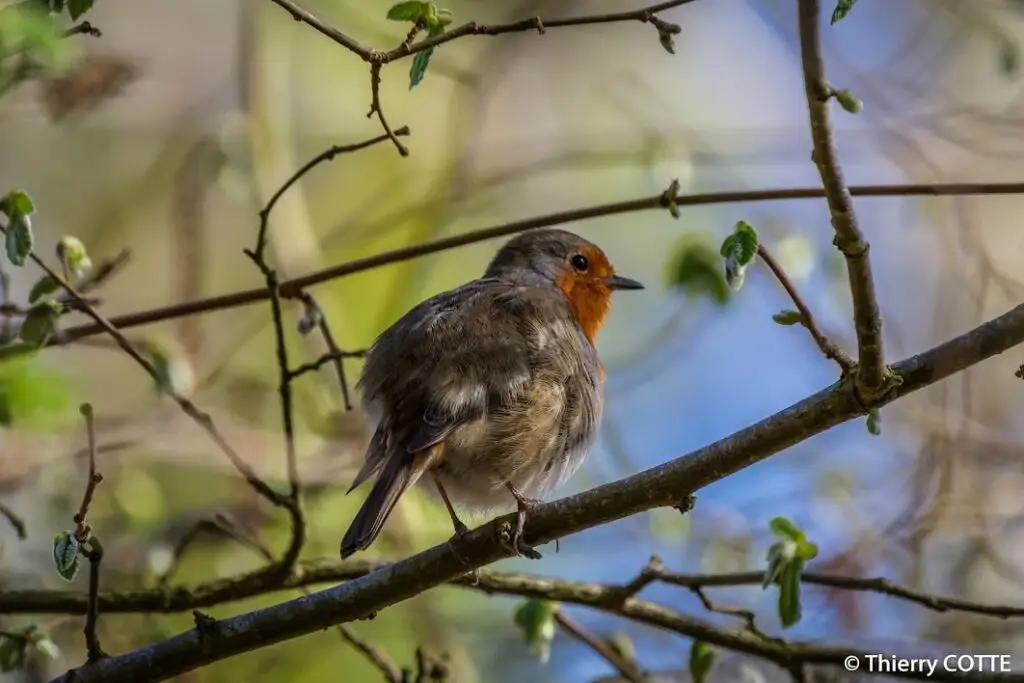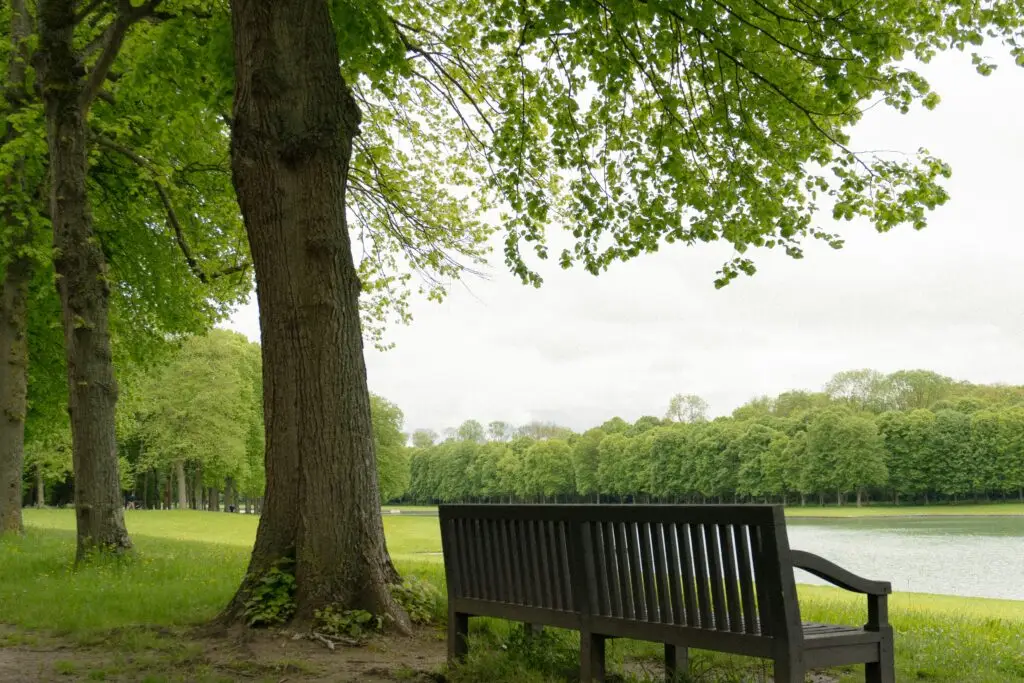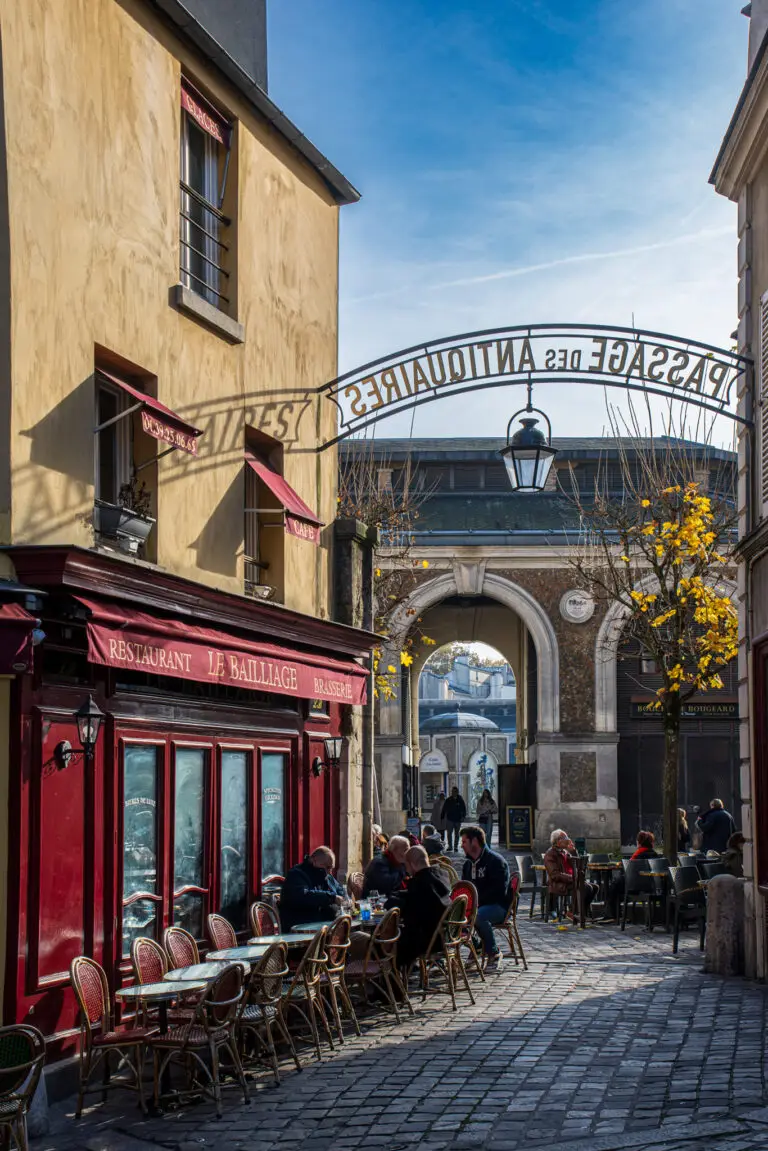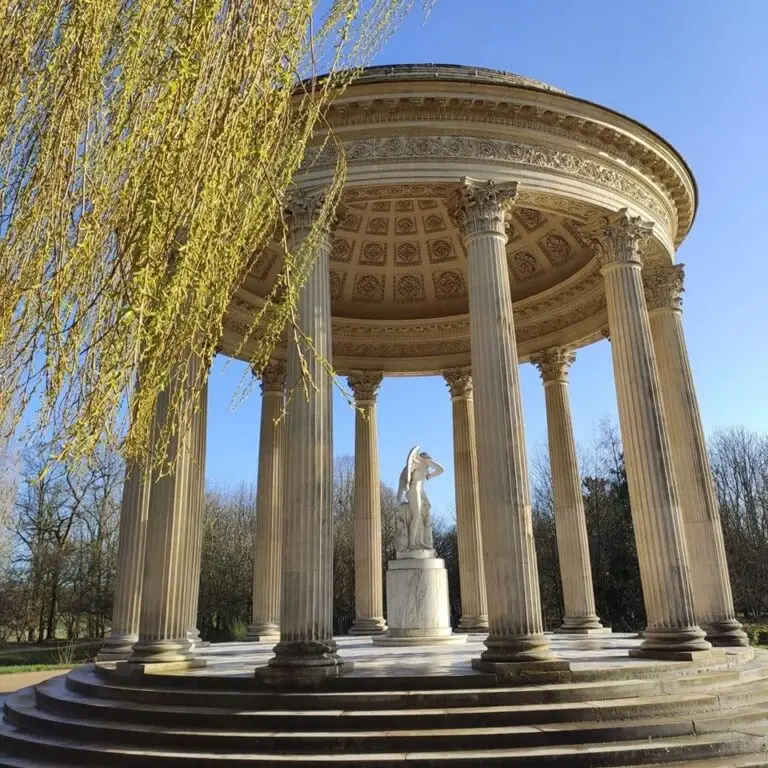Ready to explore the best hiking near Versailles? Lace up your walking shoes, charge your camera, and don’t forget a picnic—Versailles isn’t just about palaces and fountains. From tranquil canal loops to royal forest trails, the region offers outdoor adventures worthy of royalty. Whether you’re a nature lover, a family looking for fresh air, or a history buff seeking scenic paths, the best hiking near Versailles reveals the natural beauty just beyond the palace walls.
Hiking Near the Palace of Versailles
The Palace of Versailles draws millions each year to its gilded halls and majestic gardens. But just beyond the baroque façades lies a different kind of splendor: tranquil lakes, historic forests, and scenic walking paths that once served royalty. Whether you’re planning a peaceful stroll after your palace tour or a full-day forest adventure, the best hiking trails near Versailles deliver an unforgettable outdoor experience.
This complete guide covers the top trails around Versailles—from easy garden loops to more rugged woodland treks—perfect for hikers of all levels.
Top Versailles Hiking Trails Inside the Palace of Versailles
The Gardens of Versailles
Distance: Various trails (2-10km)
Difficulty: Easy
Best for: Casual walkers, history enthusiasts, photographers
The UNESCO-listed iconic Gardens of Versailles span over 2,000 acres and offer numerous walking paths through meticulously maintained formal gardens, woodlands, and groves. While technically not “hiking,” these pathways provide delightful walks with historical context.
Highlights:
- André Le Nôtre’s geometric garden design with perfect sight lines
- Over 50 fountains and 200,000+ trees
- Seasonal flower displays, especially in spring and summer
- Flat terrain, suitable for all fitness levels
Visitor tip: Garden access is free on Wednesdays and Thursdays except during musical fountain shows. Enter through the Queen’s Gate to avoid palace crowds.
Looking for a guide? Try this self-guided walking tour of the Versailles Gardens.

Grand Canal Loop
Distance: 3.5km (2.2 miles)
Difficulty: Easy
Best for: Casual walkers, families, runners
This perfectly flat trail encircles Versailles’ iconic cross-shaped Grand Canal. The wide, gravel paths provide excellent views of the palace facade from a distance.
Highlights:
- Stunning reflections of the palace on the water
- Rental boats available in summer months
- Tree-lined sections provide welcome shade
- Popular with local joggers, especially mornings
Visitor tip: Pack a picnic to enjoy along the banks – a Versailles tradition dating back to the time of Marie Antoinette.
Marie-Antoinette’s Estate Trail
Distance: 2.5km (1.5 miles)
Difficulty: Easy
Best for: History buffs, photographers, peaceful walks
This charming trail connects the Petit Trianon to the rustic Queen’s Hamlet, winding through English-style gardens and pastoral landscapes designed as a retreat from court life.
Highlights:
- English landscape gardens with meandering paths
- The Temple of Love and artificial grotto
- Quiet atmosphere away from main palace crowds
- Seasonal wildflowers and classical statuary
Visitor tip: This area requires a separate ticket or Passport ticket. Visit in late afternoon when most tour groups have departed.
The King’s Garden Path
Distance: 4km (2.5 miles)
Difficulty: Easy to moderate
Best for: Nature lovers, solitude seekers
This less-frequented northern section of the gardens features more natural woodland settings and hidden architectural elements.
Highlights:
- The Star Grove (Bosquet de l’Étoile) with radiating pathways
- Ancient oak specimens planted during Louis XIV’s reign
- Small wildlife sightings possible (foxes, red squirrels)
- Fewer tourists even in peak season
Visitor tip: Pick up a garden map at the information center, as some paths in this area aren’t well marked.
Surrounding Forest Trails
Forêt Domaniale de Versailles
Distance: Multiple trails from 5km to 20km (3-12.5 miles)
Difficulty: Easy to moderate
Best for: Serious hikers, mountain bikers, history enthusiasts
This extensive 2,500-hectare forest directly west of the palace was once the royal hunting grounds. Today, it offers a network of well-marked trails through diverse woodland environments.
Highlights:
- Historic stone markers from Louis XIV’s era
- The Étoile Royale – eight radiating forest paths
- Mixed forest of oak, beech, and chestnut
- Seasonal mushroom foraging (permit required)
- Wildlife including deer and wild boar
Visitor tip: Enter the forest through Porte Saint-Antoine for the most direct access from the palace. Download the ONF (French Forestry Office) trail map before visiting.

Trail of the Minière Pond – Étang de la Minière – A Wooden Path Loop
Distance: 6km (3.7 miles)
Difficulty: Easy
Best for: Birdwatchers, families, leisurely walkers
This scenic loop encircles a peaceful lake in the Bois de la Minière, just 5km southwest of Versailles Palace.
Highlights:
- Waterfowl habitat with resident herons and kingfishers
- Fishing spots (permit required)
- Clearly marked, well-maintained paths
- Beautiful autumn foliage in October
Visitor tip: Take bus line 11 from Versailles Château to “La Minière” stop for easy access without a car.
Parc de la Vallée-aux-Loups
Distance: 3km of trails (1.8 miles)
Difficulty: Easy
Best for: Literary enthusiasts, garden lovers
Though slightly further (15km from Versailles), this romantic park was once home to writer Chateaubriand and features thoughtfully designed landscape gardens with walking circuits.
Highlights:
- Chateaubriand’s restored house and gardens
- Exceptional arboretum with rare tree specimens
- Japanese-inspired water gardens
- Rose collections and seasonal blooms
Visitor tip: Combine with nearby Forêt de Meudon for a full day of hiking.
Meudon Forest Trails
Distance: Network of trails from 5-15km (3-9.3 miles)
Difficulty: Moderate (some elevation changes)
Best for: Serious hikers, view seekers
Located between Versailles and Paris, this elevated forest offers more challenging terrain and exceptional viewpoints.
Highlights:
- Panoramic views of Paris and the Seine valley
- Historic observatory and terrace
- Mixed terrain with some steeper sections
- Ancient woodland with 300+ year-old trees
Visitor tip: The Terrasse de l’Observatoire provides the best viewpoint – perfect for sunset hikes in summer.
Yvette Valley Trail
Distance: 10km (6.2 miles) one-way
Difficulty: Easy to moderate
Best for: River lovers, village explorers
This riverside path follows the gentle Yvette River through several charming villages south of Versailles.
Highlights:
- Riverside scenery with small waterfalls
- Historic water mills and wash houses
- Passes through picturesque villages like Chevreuse
- Numerous cafés and rest stops en route
Visitor tip: This is a linear trail, so arrange transportation back or be prepared to return the same way.

Notable Day Hikes
GR1 Segment (Versailles to Saint-Rémy-lès-Chevreuse)
Distance: 18km (11.2 miles)
Difficulty: Moderate
Best for: Experienced hikers, long-distance walkers
This section of the famous GR1 long-distance trail connects Versailles to the Chevreuse Valley through varied landscapes.
Highlights:
- Well-marked trail with red and white blazes
- Passes through multiple forest ecosystems
- Historic sites including the Vaux de Cernay Abbey
- Connects to regional train at Saint-Rémy for return
Visitor tip: Start early, as this hike takes 5-6 hours at a moderate pace. The RER C line provides easy return transportation.
Marly Forest Loop
Distance: 10km (6.2 miles)
Difficulty: Moderate
Best for: History enthusiasts, serious hikers
This circular route explores the former royal hunting forest of Marly, where Louis XIV built a private “pleasure palace.”
Highlights:
- Ruins of the Marly Machine (water pumping station)
- Ancient aqueduct sections
- Varied terrain with some challenging ascents
- Historical markers explaining the site’s royal connections
Visitor tip: The Marly-le-Roi municipal tourism office provides excellent free maps of this trail system.
Bièvre Valley Path
Distance: 12km (7.5 miles)
Difficulty: Easy to moderate
Best for: Nature photographers, peaceful walks
This trail follows the small Bièvre River through protected natural areas south of Versailles.
Highlights:
- Wetland ecosystems with diverse plant life
- Several small lakes and ponds
- Bird watching opportunities (155+ species recorded)
- Minimal elevation changes
Visitor tip: The river was once highly polluted but has been extensively restored – it’s now a showcase of successful environmental rehabilitation.
Practical Information
Best Seasons for Hiking Near Versailles
While the gardens of Versailles are beautiful year-round, the optimal hiking seasons are:
- Spring (April-June): Wildflowers in bloom, comfortable temperatures, longer daylight hours
- Fall (September-November): Stunning foliage colors, fewer tourists, clear skies
- Summer (July-August): Shaded forest trails provide relief from heat, all facilities open
- Winter (December-March): Peaceful solitude, architectural features more visible without foliage
What to Bring
- Comfortable walking shoes (waterproof in spring/winter)
- Water bottle (refill stations available in the main gardens)
- Weather-appropriate clothing (layers recommended)
- Trail map or GPS device
- Camera
- Small backpack for personal items
- Picnic supplies (many perfect spots available)
Transportation Tips
Public Transport:
- RER C line serves Versailles Château Rive Gauche station
- Bus lines connect Versailles to many trailheads
- The Transilien L and N lines provide access to western forest areas
Driving:
- Free parking available at the Saint-Cyr l’École entrance to Versailles Forest
- Limited paid parking near palace gates
- Consider park-and-ride options from outer suburbs
Guided Hiking Options
Several organizations offer guided hikes in the Versailles area:
- Versailles Tourism Office: Weekend historical walks (April-October)
- ONF (National Forestry Office): Monthly naturalist-led forest tours
- Île-de-France Hiking Federation: Group excursions for various difficulty levels
Conclusion
The hiking trails around Versailles offer the perfect complement to a palace visit, revealing the natural landscapes that inspired the garden designs and provided recreation for French royalty. From the manicured palace grounds to the wilder forest paths, these trails connect visitors to centuries of history while providing scenic beauty and outdoor exercise.
Whether you’re extending your Versailles day trip with a short garden walk or planning a dedicated hiking vacation in the region, these trails showcase another side of this world-famous destination. Pack comfortable shoes, bring your camera, and discover the natural treasures surrounding the Sun King‘s magnificent creation.

FAQs About Hiking Near Versailles
Is hiking permitted in all areas of the Gardens of Versailles?
Visitors must remain on designated paths in the formal gardens. The woodland areas have more flexibility but stay on marked trails to protect historic features.
Are dogs allowed on these hiking trails?
Dogs on leashes are permitted in most forests and the outer gardens of Versailles. They are not allowed in the formal palace gardens or inside any buildings.
Can I combine hiking with a palace visit in one day?
Absolutely! Consider visiting the palace in the morning and hiking one of the on-site trails above in the afternoon, or vice versa. The Passport ticket gives full-day access to all areas.
Are these trails suitable for children?
Most trails within the gardens and shorter forest paths are family-friendly. The Grand Canal loop and Marie-Antoinette’s Estate are particularly good for children.
Where can I find the most up-to-date trail maps?
The Versailles Tourism Office provides free hiking maps, as does the ONF (National Forestry Office) website (in French only, unfortunately) for forest trails. The palace information center has garden maps in English.




